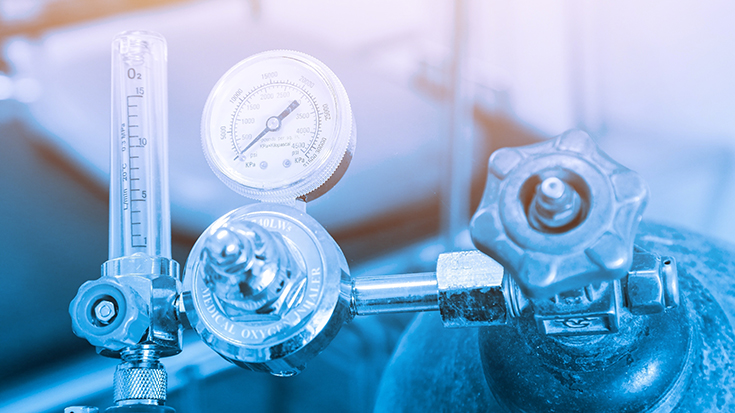
AARC, along with other pulmonary organizations, recently submitted joint comments to the Centers for Medicare & Medicaid Services (CMS), in support of its proposed decision to expand coverage of supplemental oxygen use. This proposal is part of CMS’ review of a request to reconsider its national policy on coverage of oxygen for cluster headaches, which is currently covered in the home for Medicare beneficiaries participating in approved prospective clinical trials.
Recognizing that individuals diagnosed with COVID-19 developed the need for supplemental oxygen outside the usual treatment settings and that home use was critical for many patients, CMS proposes to “expand the coverage of oxygen and oxygen equipment in the home for short as well as long-term use in both acute and chronic diseases of respiratory and non-respiratory origin, as is medically necessary.” In making this change, CMS proposes to remove oxygen for cluster headers as a national policy and allow the Medicare Administrative Contractors (MACs) to determine it use as a treatment option without the need for further clinical trials, noting that the overall prevalence of the disease is small when accounting for individual patient factors. In conjunction with this decision, CMS is also prosing significant changes to its current national policy on “Home Use of Oxygen.”
The good news is there is considerable benefit to patients if CMS finalizes its policies. In addition to providing coverage for both acute and long-term
chronic respiratory conditions and those unrelated to hypoxemia, AARC supports many of the proposed changes such as:
- Removing the requirement that the patient must try and fail other alternatives prior to receiving supplemental oxygen,
- Eliminating reference to “chronic stable state” and replacing it with “time of need” to give the treating practitioner the ability to determine when the need for oxygen outside the hospital setting will improve the patient’s condition.
- Removing the specific list of examples related to conditions for which oxygen therapy may be covered as outlined in the national policy manual.
- Allowing flexibility for the treating practitioner to determine when oxygen coverage is medically necessary for individuals who are not hypoxemic or are recovering from an acute disease once the equipment has been placed in the home.
- Eliminating the Certificate of Medical Necessity (CMN) in the national policy decision as burdensome. AARC and others supported the rationale for this decision, but recommended CMS use the electronic Clinical Data Element Order Template available on its website to ensure its use in validating the medical record for audit purposes.
Along with AARC’s support for changes outlined in CMS’ proposed decision memo, the joint comments provided additional recommendations CMS should consider in developing its final policies. Noteworthy items include the following:
- Removing “home” from the title of the national coverage policy and retitle it to read “Outpatient Use of Supplemental Oxygen.” The current descriptor implies oxygen can only be used within the “four walls of a home” and does not account for it use outside the home.
- Establishing categories of oxygen use based on clinical needs and not solely on criteria of “continuous flow/liters per minute.” Categories recommended include a stationary system only, a transportable system, an ambulatory delivery system, and one that recognizes those with profound refractory hypoxemia who require high flow rates, high concentrations of supplemental oxygen and portability.
- “Tritate to Saturate.” Oximetry should be used to determine the appropriate device setting(s) that should be ordered to provide adequate oxygen saturations at rest and during usual activities of daily living.
One of the AARC’s long-standing concerns regarding coverage of supplemental oxygen is the fact that the services of a respiratory therapist are not recognized. Although we acknowledge that this is due to their services being covered under the durable medical equipment benefit category which is equipment driven, AARC and others highlighted in the joint comments to CMS the importance of the standard of care respiratory therapists provide in the clinical assessment, education, treatment, and care of individuals who require supplemental oxygen.
AARC and others continue to seek ways to improve the delivery of supplemental oxygen, especially the lack of access to liquid oxygen, to ensure patients with respiratory conditions get the optimal treatment they need to live the quality of life they deserve.
Email newsroom@aarc.org with questions or comments, we’d love to hear from you.














